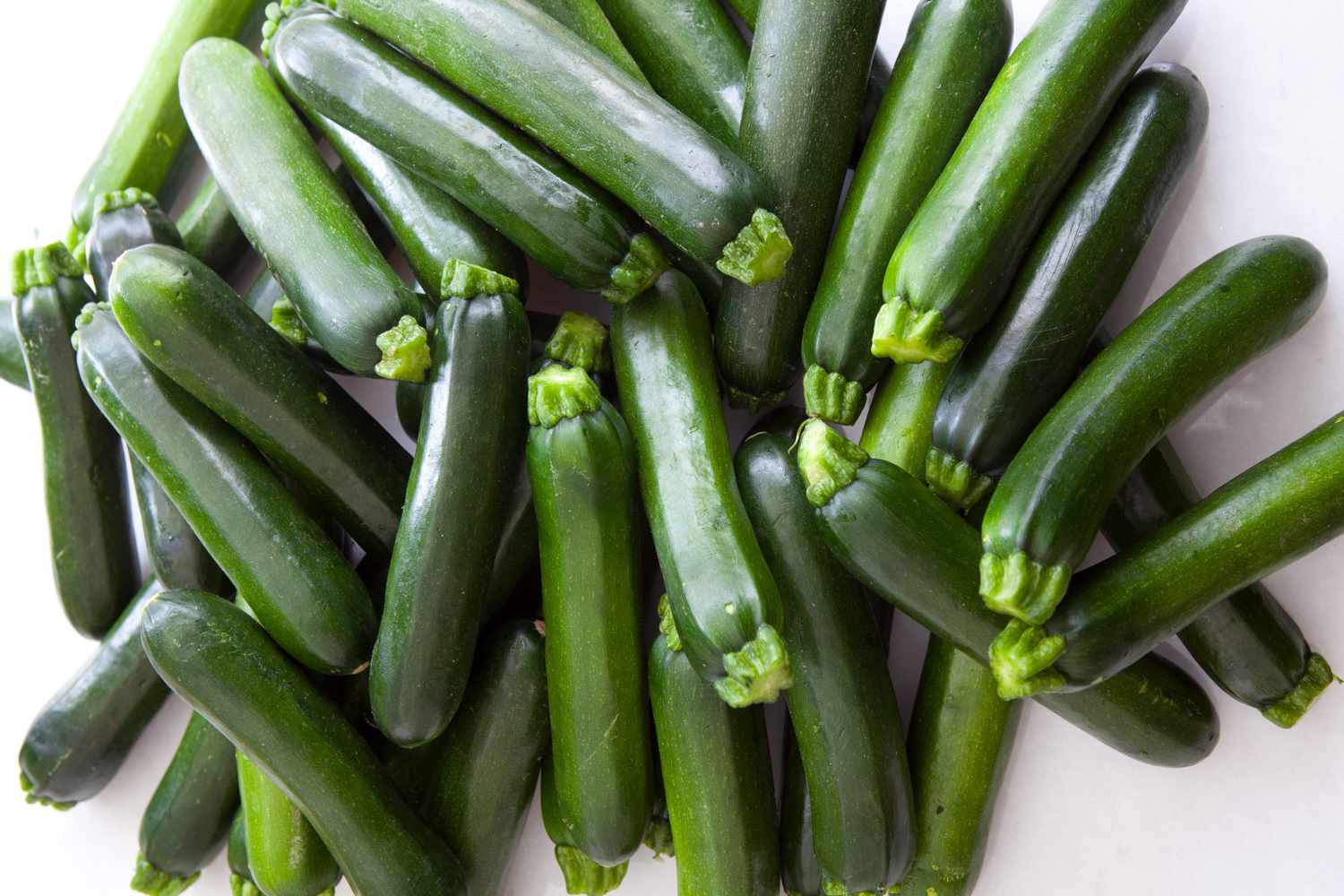

Articles
How To Store Zucchini
Modified: August 16, 2024
Learn how to properly store zucchini in this informative article. Discover the best methods for keeping your zucchini fresh and delicious.
(Many of the links in this article redirect to a specific reviewed product. Your purchase of these products through affiliate links helps to generate commission for Storables.com, at no extra cost. Learn more)
Introduction
Welcome to this comprehensive guide on how to store zucchini. Whether you have a bountiful harvest from your garden or have purchased fresh zucchini from the store, knowing how to properly store this versatile vegetable is essential to prevent spoilage and extend its shelf life.
Zucchini is a summer squash that is incredibly nutrient-dense and can be used in a variety of dishes such as salads, stir-fries, soups, and even baked goods. While zucchinis are readily available during the summer months, you may find yourself with an excess or want to stock up for the colder seasons.
In this article, we will explore different methods to store zucchini, including in the refrigerator, freezing, root cellars, and pantry. By following these storage recommendations, you can enjoy fresh zucchini for an extended period, even when it’s out of season.
So, let’s dive in and learn how to store zucchini effectively to maximize its freshness and flavor!
Key Takeaways:
- Store zucchinis in the refrigerator for short-term freshness, or freeze them for long-term use. Proper preparation and packaging are key to maximizing their shelf life and flavor.
- Get creative with your stored zucchinis by using them in sautés, roasting, baking, and more. Enjoy the versatility of this nutritious vegetable year-round!
Read more: How To Store Half A Zucchini
Choosing and Harvesting Zucchini
Before we delve into the various storage methods, it’s important to start with selecting and harvesting the right zucchini. Choosing the best zucchinis will ensure that you have quality produce that will store well.
When picking zucchini, look for ones that have smooth, shiny skin without any blemishes or bruises. The color should be vibrant and consistent, usually a dark green shade. Avoid zucchinis that feel soft or have wrinkled skin, as they may already be overripe and won’t store well.
For the best flavor and texture, harvest zucchinis when they are still small to medium-sized. Larger zucchinis tend to be more fibrous and less flavorful. Use a sharp knife or shears to cut the zucchini from the plant, leaving a small stem attached.
It’s important to note that zucchinis are best stored soon after harvesting to maintain their freshness. Aim to harvest them in the morning or late evening when the temperature is cooler, as this will help preserve their quality.
Now that you have selected and harvested your zucchinis, let’s explore the different methods of preparing them for storage.
Preparing Zucchini for Storage
Before storing zucchini, it’s important to properly prepare it to ensure that it stays fresh and doesn’t spoil quickly. Here are a few steps to follow to prepare your zucchini for storage:
1. Wash the zucchini: Start by washing the zucchini thoroughly under cool running water. This will help remove any dirt or debris that might be clinging to the surface. Gently scrub the skin using a vegetable brush if needed.
2. Trim the ends: Next, trim off both ends of the zucchini. This helps to remove any damaged or wilted parts, ensuring that only the fresh and firm sections are stored.
3. Cut into desired shapes: Depending on your storage preference and intended use, you can choose to cut the zucchini into slices, cubes, or even spiralize it. Keep in mind that smaller pieces tend to freeze and store better, so adjust the size accordingly.
4. Blanching (optional for freezing): If you plan to freeze the zucchini, blanching is recommended to help preserve its color, texture, and flavor. Bring a pot of water to a boil and carefully place the zucchini inside for about one to two minutes. Then, quickly transfer them to an ice bath to stop the cooking process. Drain and pat dry before freezing.
5. Package and label (for all storage methods): Once the zucchini is prepared, it’s time to package it for storage. You can use sealable plastic bags, airtight containers, or freezer bags for freezing. Ensure that the packaging is tightly sealed to prevent air and moisture from entering. Don’t forget to label the packages with the date so you can keep track of how long they have been stored.
By following these preparation steps, your zucchinis will be ready for storage and have a better chance of staying fresh for an extended period. Now let’s explore the different storage methods for zucchini.
Storing Zucchini in the Refrigerator
The refrigerator is a convenient option for short-term storage of zucchini. Follow these steps to store zucchini in the refrigerator:
1. Wrap in a towel: Start by wrapping the zucchini in a clean, dry towel. This helps to absorb excess moisture and prevents the zucchini from becoming slimy.
2. Place in a plastic bag: Next, put the wrapped zucchini in a perforated or loosely sealed plastic bag. The perforations allow for some airflow, preventing condensation and helping to keep the zucchini fresh.
3. Store in the crisper drawer: Put the zucchini in the crisper drawer of your refrigerator. This section is designed to maintain the right humidity level, preserving the freshness of the zucchini.
4. Use within a week: Zucchinis stored in the refrigerator can typically last for about a week. It’s best to use them as soon as possible for optimal flavor and texture.
Remember to check on the zucchinis periodically and remove any that show signs of spoilage, such as mold or soft spots. Using zucchinis that have been stored in the refrigerator is a great way to enjoy them in sautés, stir-fries, or as a side dish for your meals.
Next, let’s explore the option of freezing zucchini for longer-term storage.
Freezing Zucchini
Freezing zucchini is a fantastic way to preserve its freshness and enjoy it throughout the year. Follow these steps to properly freeze zucchini:
1. Prepare the zucchini: Wash and trim the ends of the zucchini. Depending on your preference, you can either leave the zucchini whole or cut it into slices or cubes. If desired, blanch the zucchini by boiling it for 1-2 minutes, followed by an ice bath to halt the cooking process.
2. Pat dry: After blanching, drain the zucchini and pat it dry with a clean kitchen towel or paper towels. Removing excess moisture helps prevent freezer burn and maintains the quality of the zucchini.
3. Package for freezing: Place the prepared zucchini in airtight freezer bags or freezer-safe containers. Try to remove as much air as possible from the packaging to prevent freezer burn. Alternatively, you can vacuum-seal the zucchini for optimal freshness.
4. Label and date: Don’t forget to label the packages with the contents and the date of freezing. This helps you keep track of the storage time and ensures you use the oldest zucchinis first.
5. Freeze the zucchini: Put the zucchini packages in the freezer and make sure they are stored in a flat position to maximize space efficiency. Allow enough space between the packages so that they freeze quickly and evenly.
Frozen zucchini can last for around eight to ten months if properly stored. When you’re ready to use it, simply thaw the zucchini in the refrigerator or use it directly in cooked dishes, such as soups, stews, or casseroles. However, frozen zucchini may lose some of its texture, so it’s best suited for cooked dishes rather than raw preparations like salads.
Now that you know how to freeze zucchini, let’s explore other storage options, such as storing zucchini in a root cellar or pantry.
Store zucchini in the refrigerator in a perforated plastic bag to maintain freshness. Avoid washing until ready to use to prevent moisture buildup.
Read more: How To Store Zucchini In Freezer
Storing Zucchini in a Root Cellar
If you have access to a root cellar or a cool, dry storage area, storing zucchini in this environment can be an excellent option for long-term storage. Here’s how to store zucchini in a root cellar:
1. Clean and prepare the zucchini: Before storing, ensure that the zucchinis are clean and free from any dirt or debris. Trim the ends if necessary, but avoid cutting the zucchini into smaller pieces to minimize moisture loss.
2. Check for any damage: Inspect each zucchini thoroughly and remove any damaged or bruised ones. It’s important to store only the highest quality zucchinis to prevent spoilage.
3. Choose a cool and dry location: Find a spot in your root cellar or storage area that maintains a temperature between 50-55°F (10-13°C) with low humidity. Excessive moisture can cause the zucchinis to rot, so ensure the area is well-ventilated and dry.
4. Arrange the zucchinis: Place the zucchinis in a single layer on shelves or in boxes, allowing space for air circulation. Avoid overcrowding, as this can promote rotting. You can also separate the zucchinis using newspapers or straw to prevent them from touching and potentially transferring moisture.
5. Regularly monitor and rotate: Check on the stored zucchinis regularly to remove any that show signs of spoilage. Additionally, rotate the zucchinis by using the ones stored earlier before they become overripe.
When stored properly, zucchinis can last up to several months in a root cellar. Remember to keep an eye out for any mold or deterioration and use the zucchinis as soon as possible before they begin to deteriorate.
Now that we’ve explored storing zucchini in a root cellar, let’s move on to storing zucchini in the pantry.
Storing Zucchini in the Pantry
If you don’t have access to a root cellar or cool storage area, storing zucchini in the pantry can still be a viable option. Here’s how to store zucchini in the pantry:
1. Choose the right zucchinis: Select zucchinis that are free from blemishes, bruises, or soft spots. Firm zucchinis will have a longer shelf life.
2. Keep them dry: Ensure that the zucchinis are clean and dry before storing them. Wipe off any dirt or debris using a clean cloth or paper towel, as excess moisture can lead to spoilage.
3. Find a cool and dark location: Locate a cool and dark spot in your pantry, away from direct sunlight and heat sources. The ideal temperature for storing zucchinis in the pantry is between 50-70°F (10-21°C).
4. Provide good airflow: It’s important to allow for proper air circulation to prevent the zucchinis from becoming moldy or rotting. Avoid stacking them on top of each other and leave some space between them.
5. Check regularly: Regularly inspect the zucchinis for any signs of spoilage, such as mold or soft spots. Remove any damaged zucchinis promptly to prevent them from affecting the others.
Storing zucchinis in the pantry can typically keep them fresh for up to a week. Make sure to check on them regularly and use them as soon as possible to enjoy the best flavor and texture.
Now that you know how to store zucchinis in the pantry, let’s move on to discussing how to use the stored zucchinis effectively.
Using Stored Zucchini
Now that you have successfully stored your zucchini using the various methods we discussed, it’s time to explore the many ways you can use your stored zucchinis when you’re ready to enjoy them. Here are some creative and delicious ways to use stored zucchini:
1. Sautéed or Grilled: Slice the zucchini and sauté it with some garlic and olive oil for a quick and flavorful side dish. You can also grill the zucchini slices or chunks for a smoky and charred flavor.
2. Roasted Zucchini: Toss the zucchini with your favorite herbs and spices, then roast them in the oven until they become tender and slightly caramelized. Roasted zucchini makes a great addition to salads, pasta dishes, or as a standalone side dish.
3. Zucchini Bread or Muffins: Grate the zucchini and use it to make delicious zucchini bread or muffins. This is a great way to use up a larger quantity of zucchini and enjoy a moist and flavorful baked treat.
4. Zucchini Noodles: If you have spiralized or cut zucchini into noodle shapes before freezing, you can use them to make healthy and low-carb zucchini noodles. Sauté or steam the zucchini noodles and top them with your favorite sauce or protein for a satisfying meal.
5. Zucchini Soup: Use your stored zucchinis to make a comforting and nourishing zucchini soup. Combine it with other vegetables, broth, and seasonings of your choice, then blend it until smooth for a creamy soup option.
6. Stuffed Zucchini Boats: Hollow out larger zucchinis and stuff them with a delicious filling like ground meat, cheese, or quinoa for a hearty and flavorful meal. Bake them until the zucchinis are tender and the filling is cooked through.
Remember to get creative and experiment with different recipes. Zucchinis are incredibly versatile and can be used in a wide range of dishes, from appetizers to main courses and even desserts.
By using your stored zucchinis in these creative ways, you can fully enjoy their flavors and benefits, even when they are no longer in season. So, start incorporating your stored zucchinis into your meals and savor their incredible taste!
Now let’s wrap up this guide on how to store zucchini.
Conclusion
Congratulations! You have now learned various methods for storing zucchini and ensuring its freshness and flavor for extended periods. Whether you choose to store zucchinis in the refrigerator, freezer, root cellar, or pantry, each method has its own advantages and is suited for different storage durations.
Remember to choose fresh and high-quality zucchinis for storage and prepare them properly by cleaning, trimming, and packaging them appropriately. Regularly check on your stored zucchinis to remove any spoiled ones and utilize them in a variety of delicious recipes.
From sautéing and grilling to baking and blending, zucchinis can be used in a multitude of dishes, adding a nutritious and flavorful element to your meals. Don’t be afraid to get creative and experiment with different recipes to enjoy the versatility of this wonderful vegetable.
By implementing the storage methods covered in this guide, you can enjoy the goodness of zucchinis even when they are out of season. So next time you have an abundance of zucchinis, make sure to store them properly and use them wisely, ensuring that none of this delicious and nutrient-packed vegetable goes to waste.
Thank you for reading this comprehensive guide on how to store zucchini. We hope you found it helpful, and may your zucchinis stay fresh and flavorful throughout the year!
Frequently Asked Questions about How To Store Zucchini
Was this page helpful?
At Storables.com, we guarantee accurate and reliable information. Our content, validated by Expert Board Contributors, is crafted following stringent Editorial Policies. We're committed to providing you with well-researched, expert-backed insights for all your informational needs.
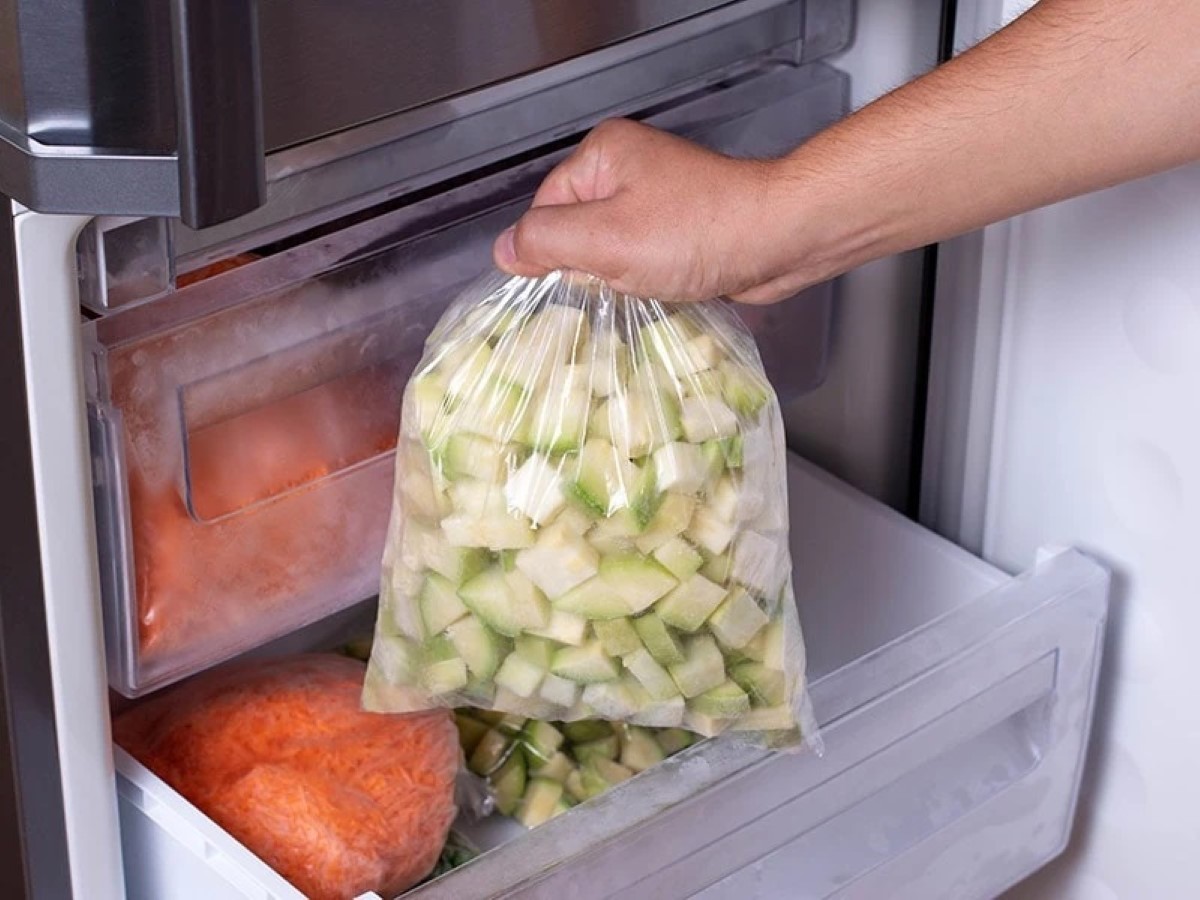
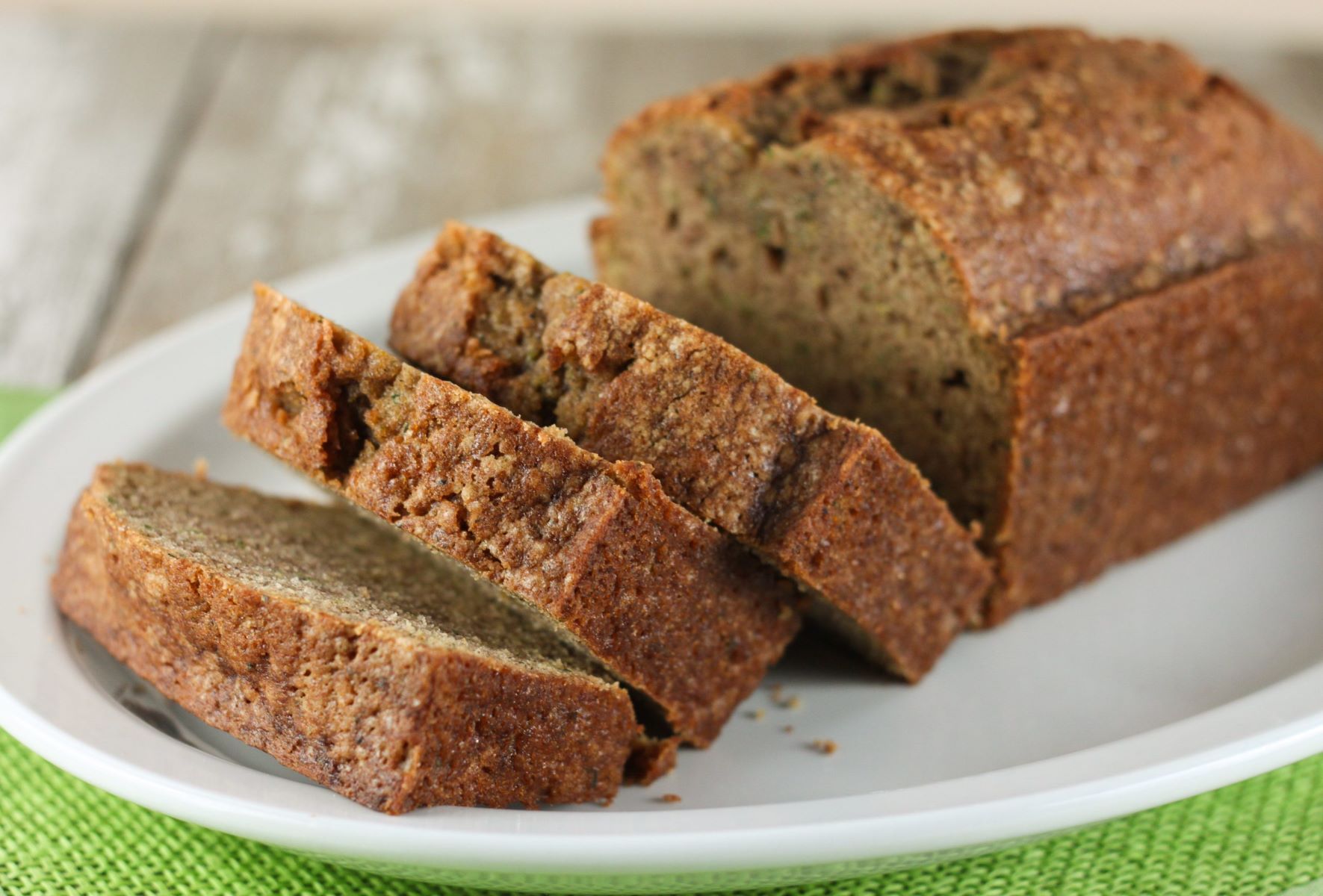
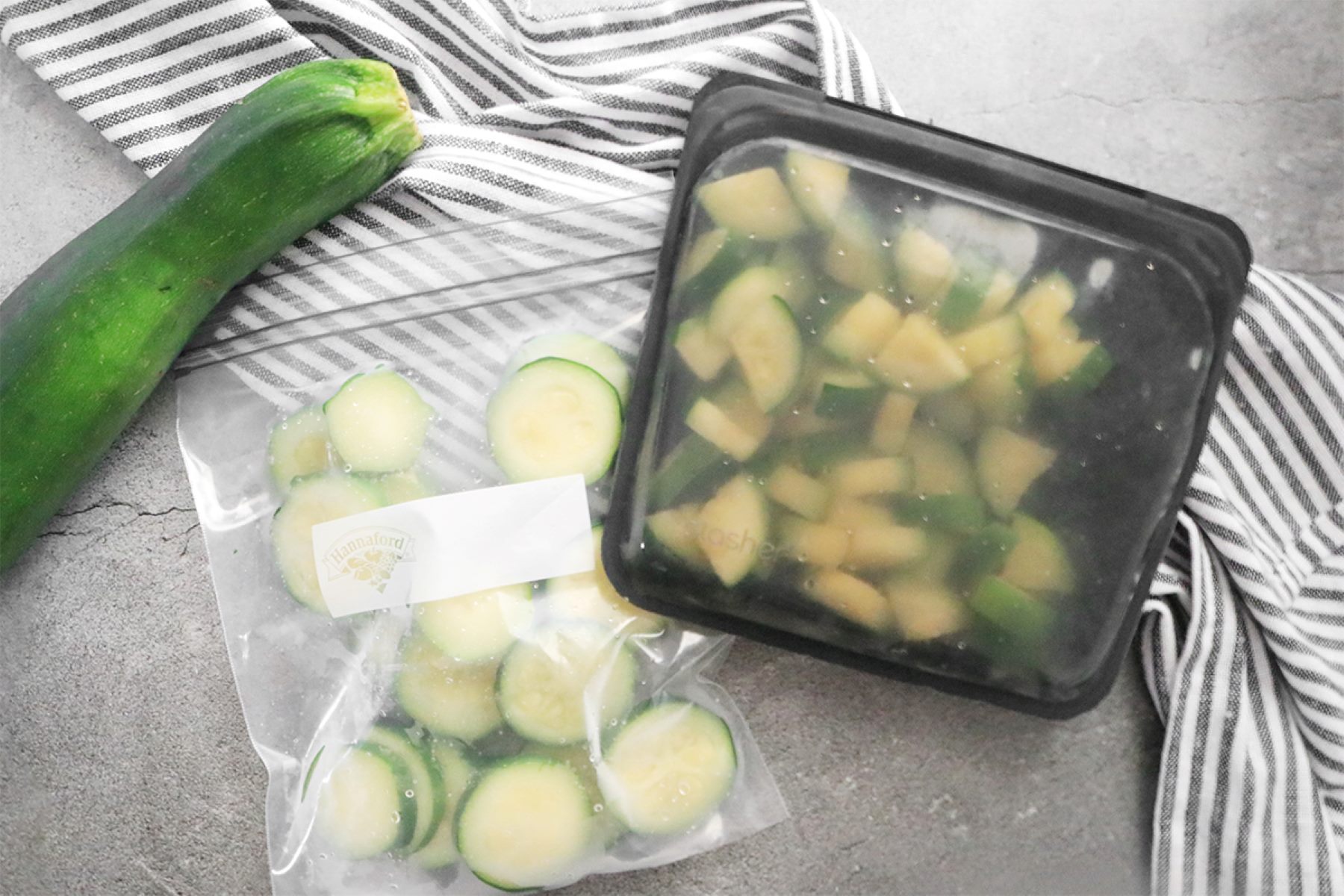
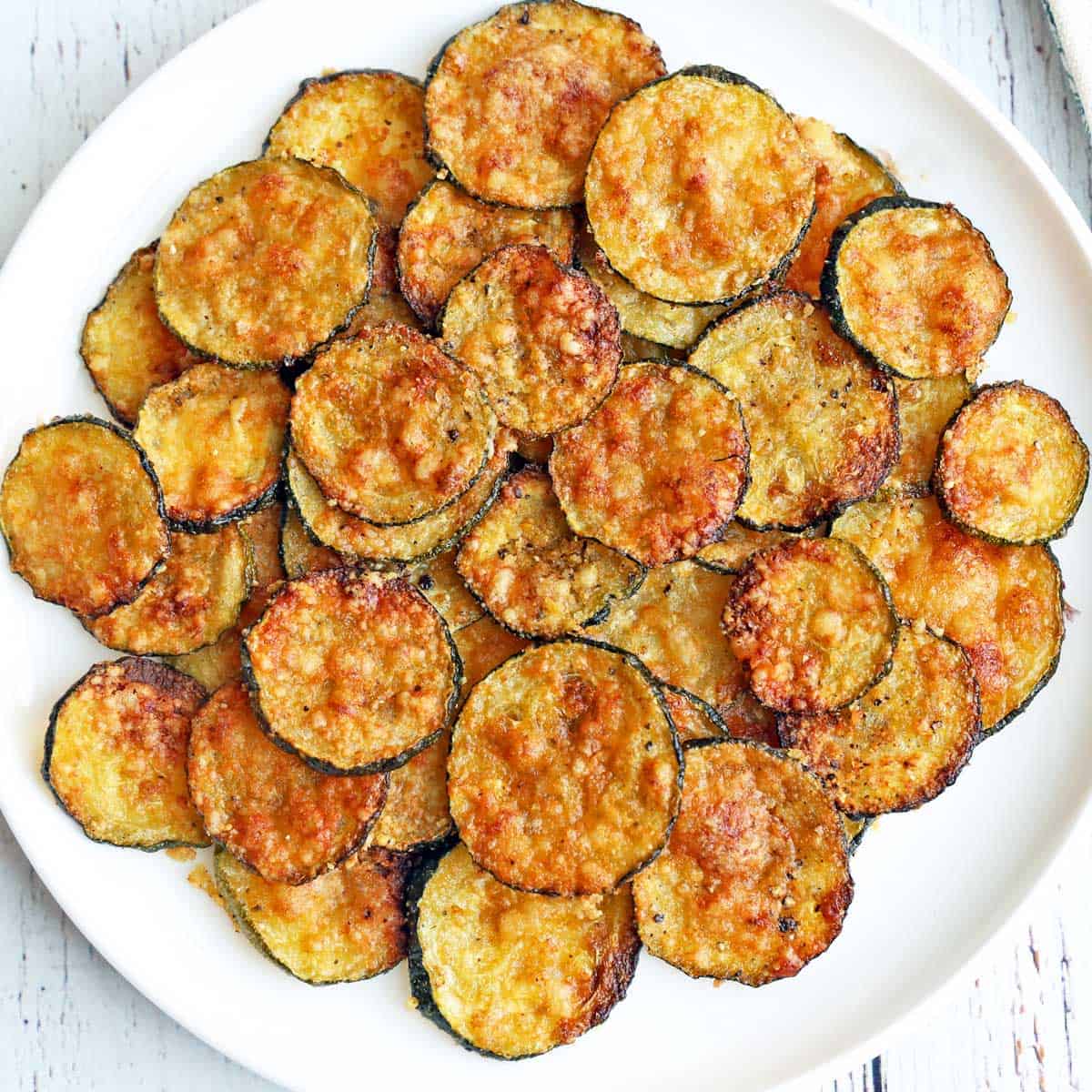
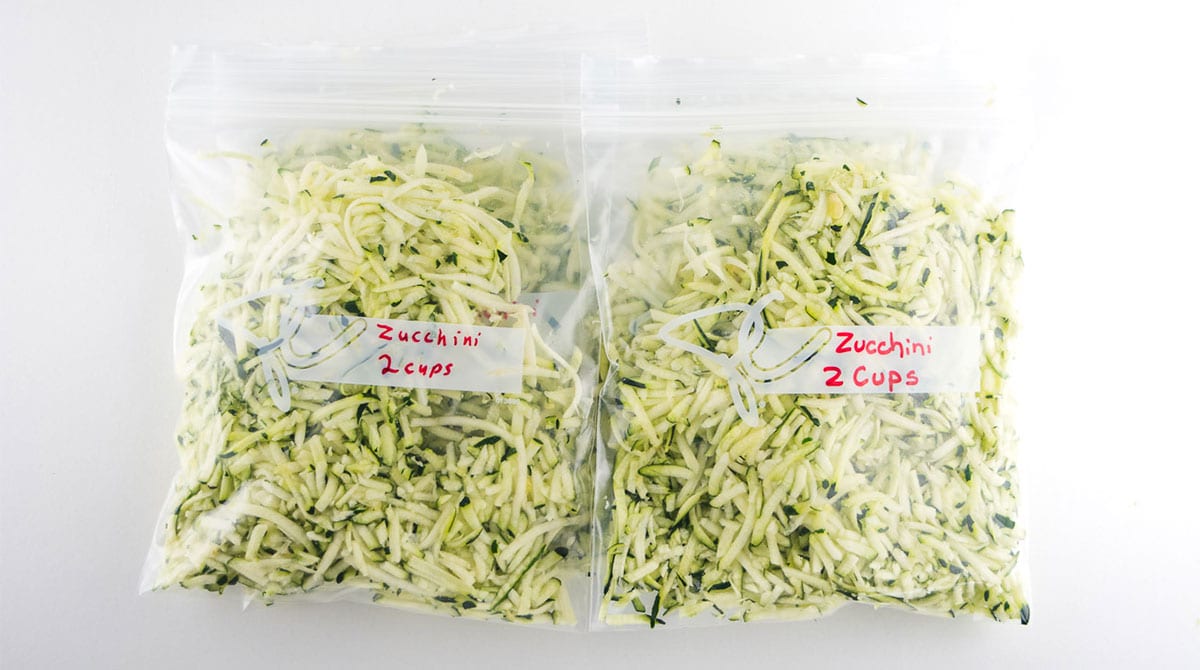

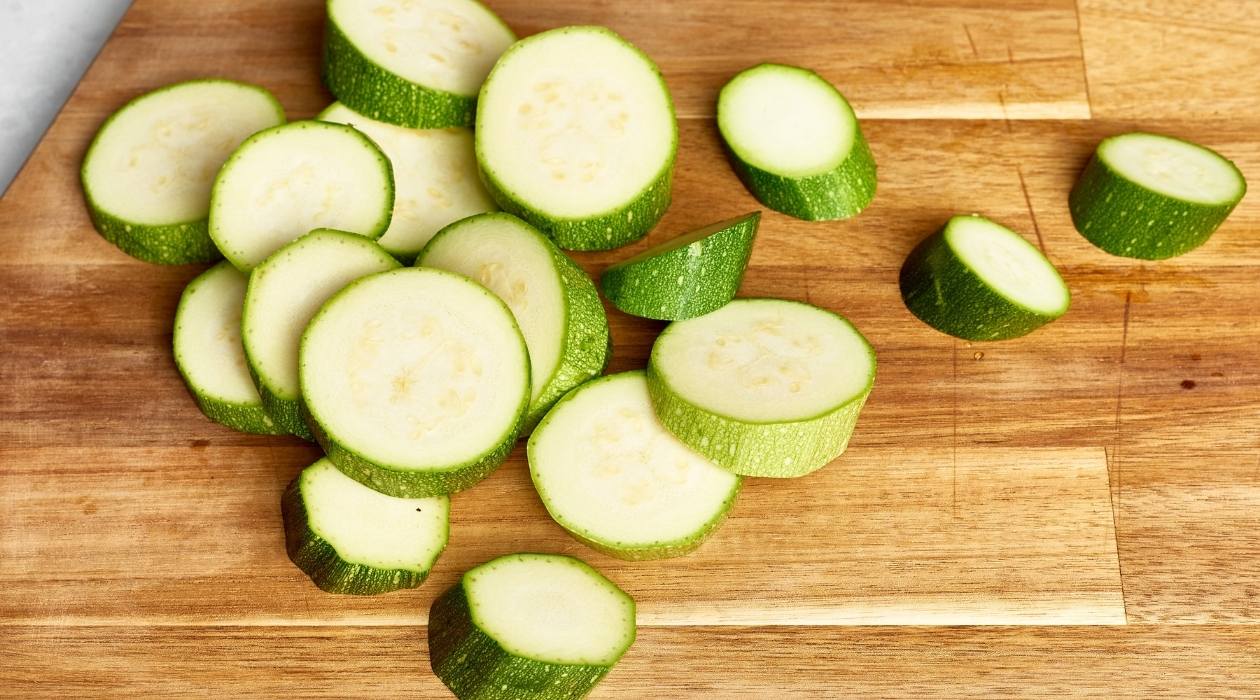
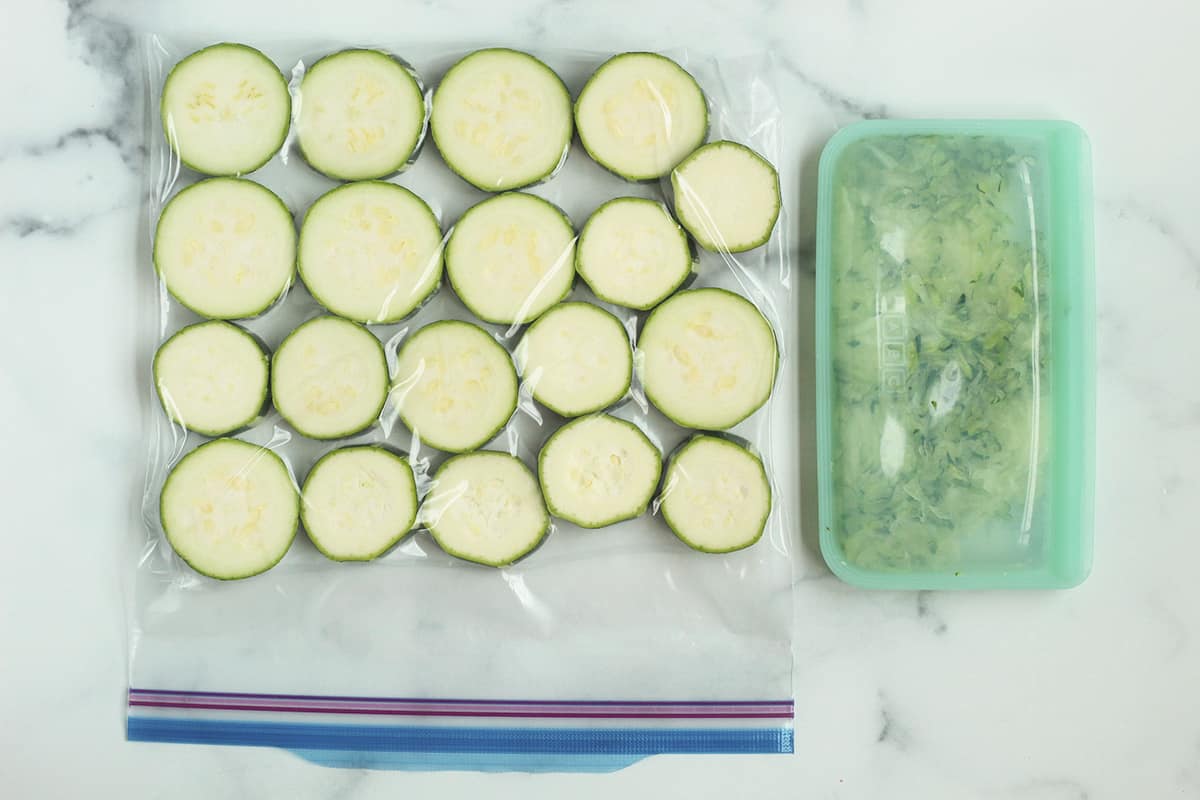

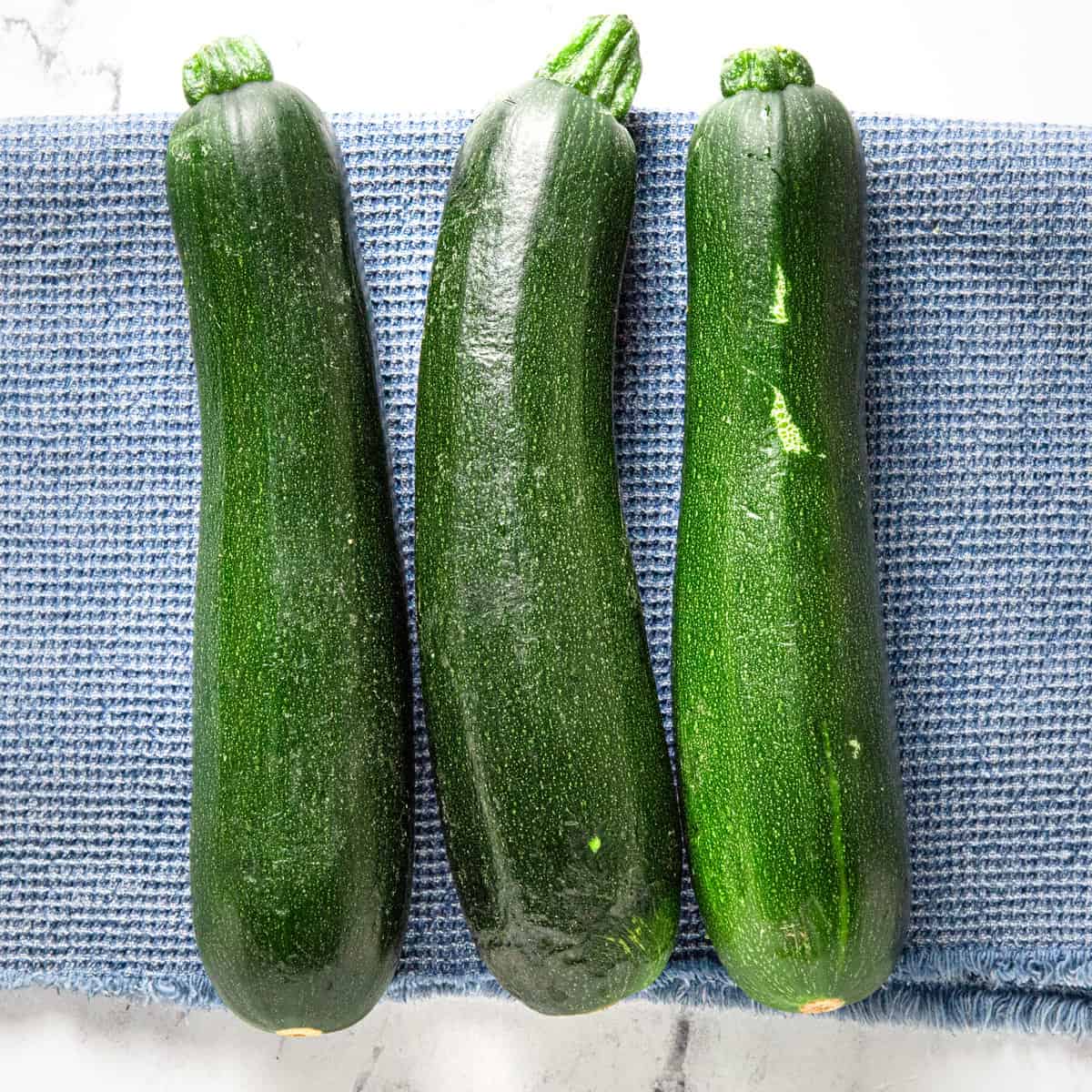
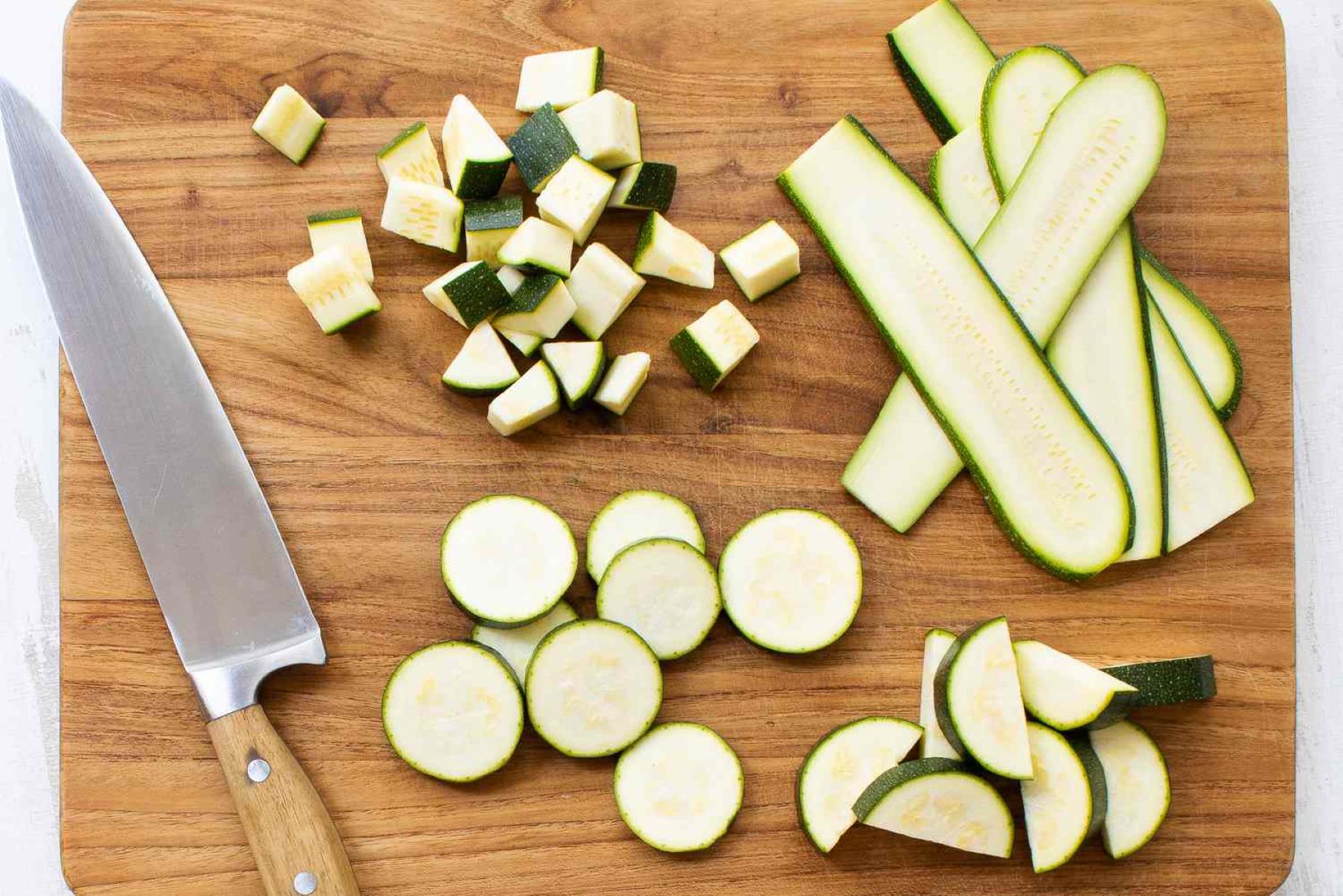
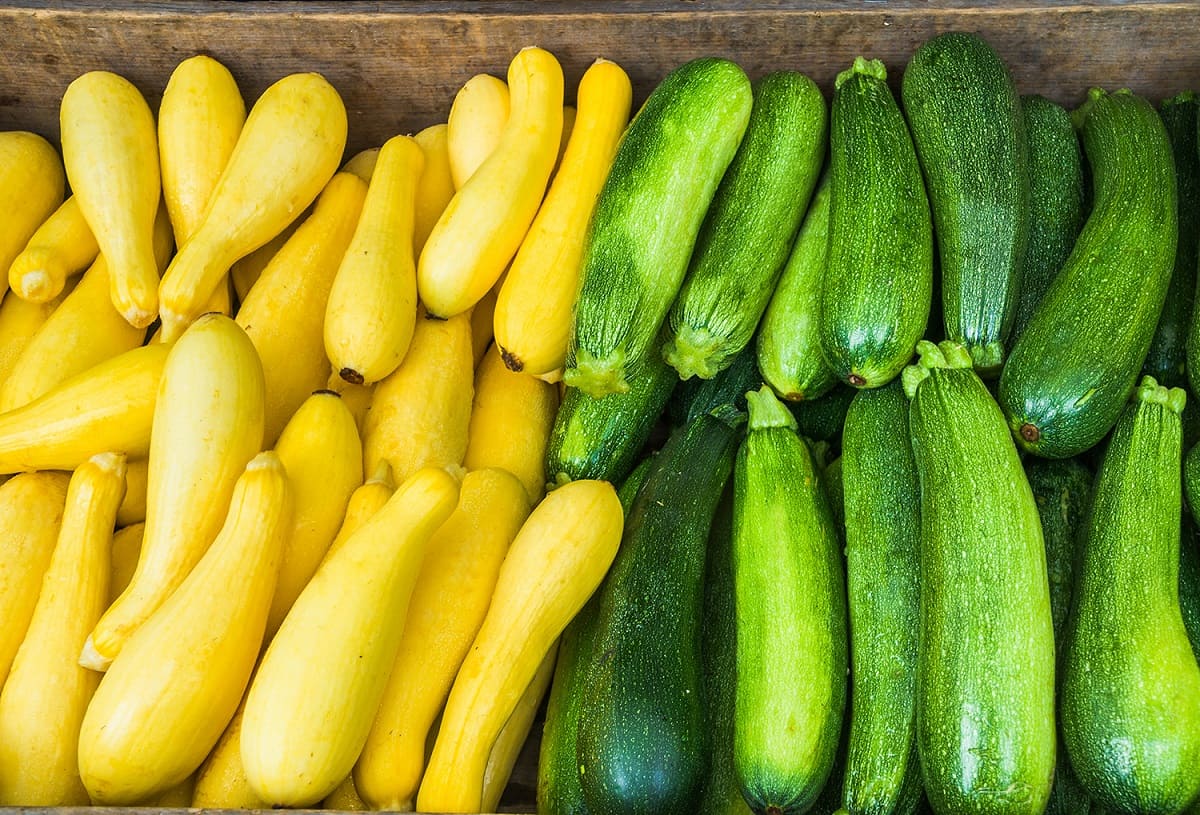
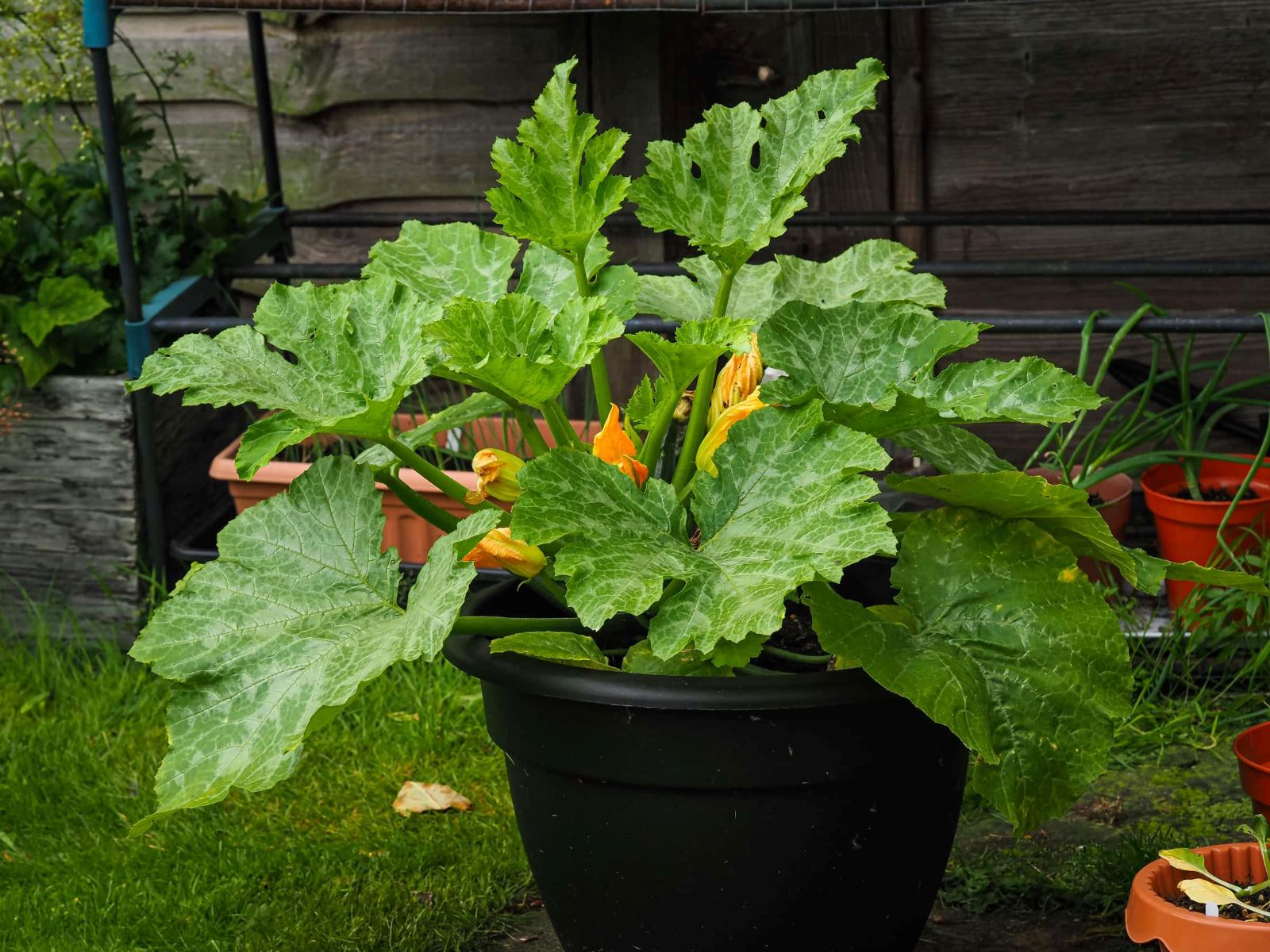
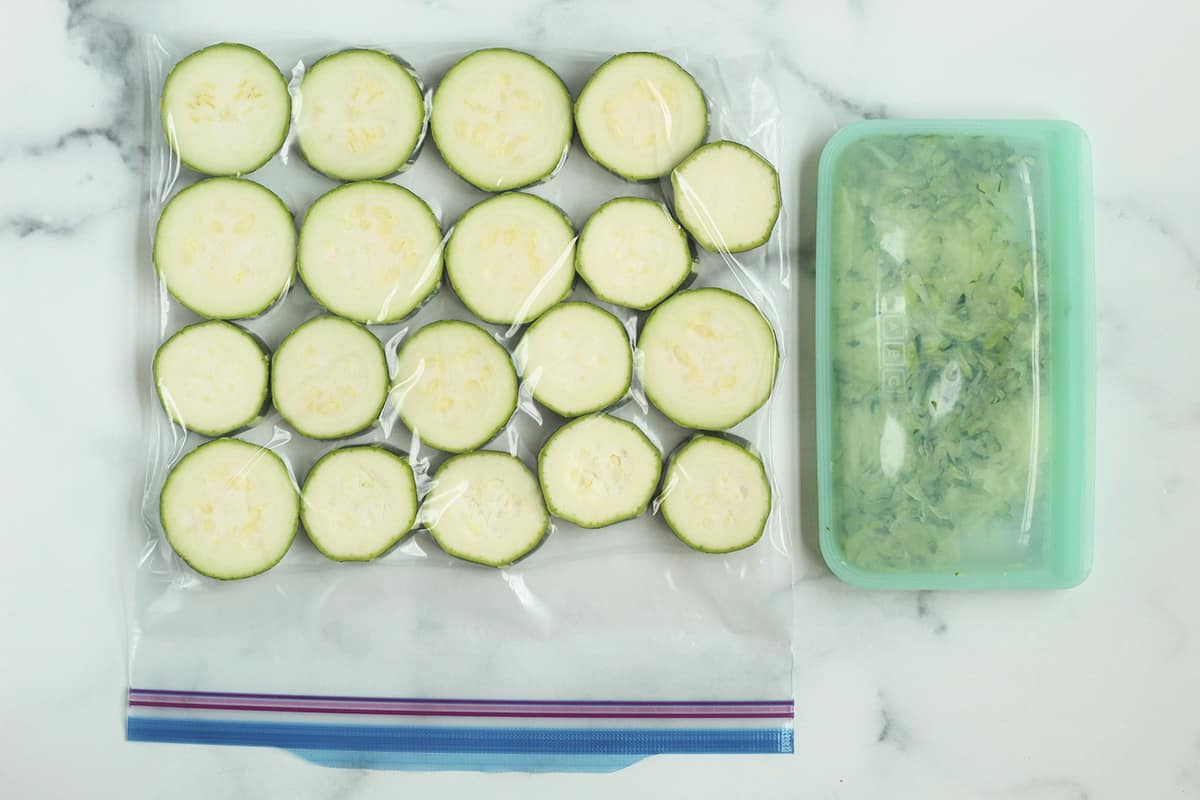

0 thoughts on “How To Store Zucchini”